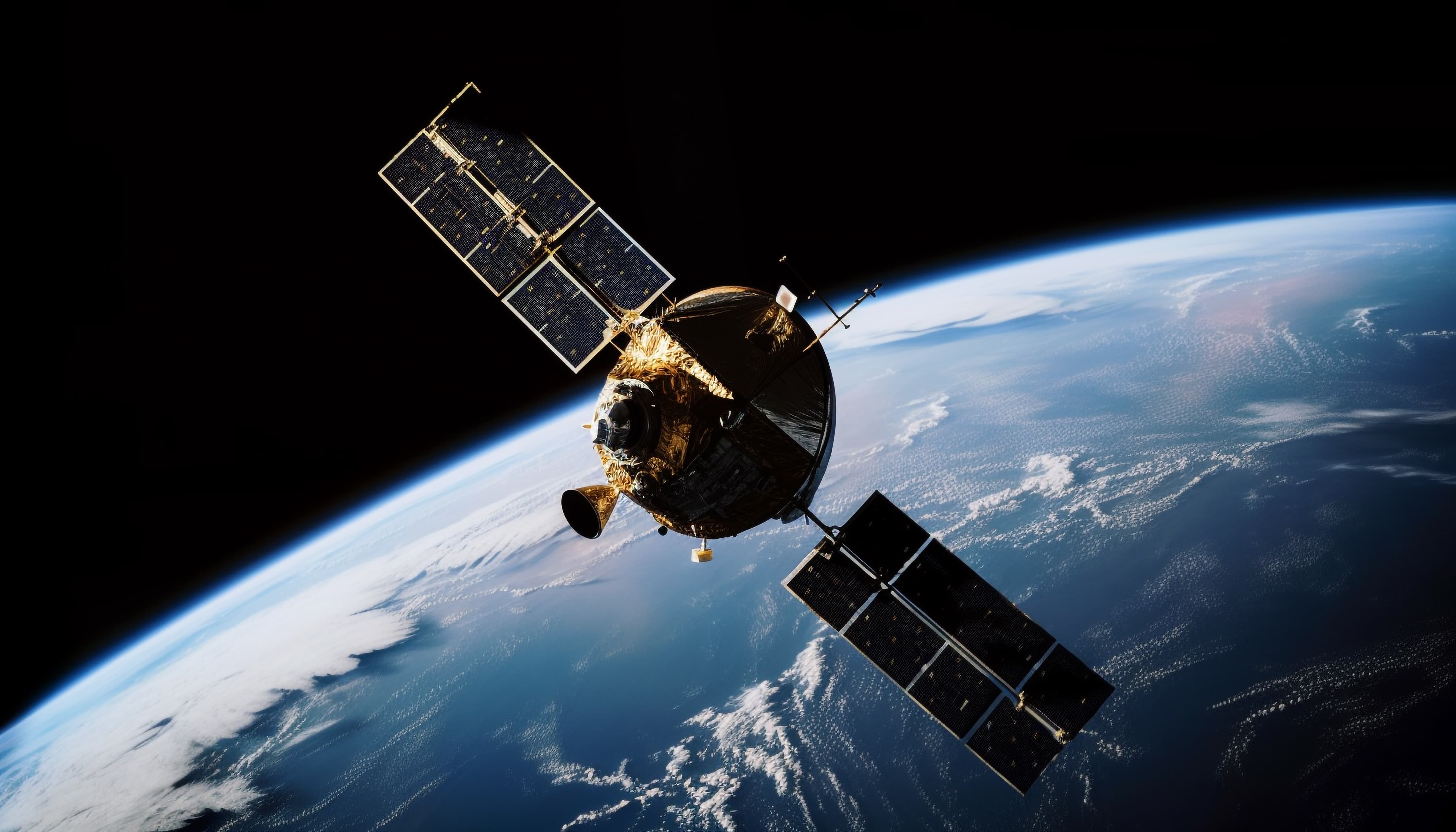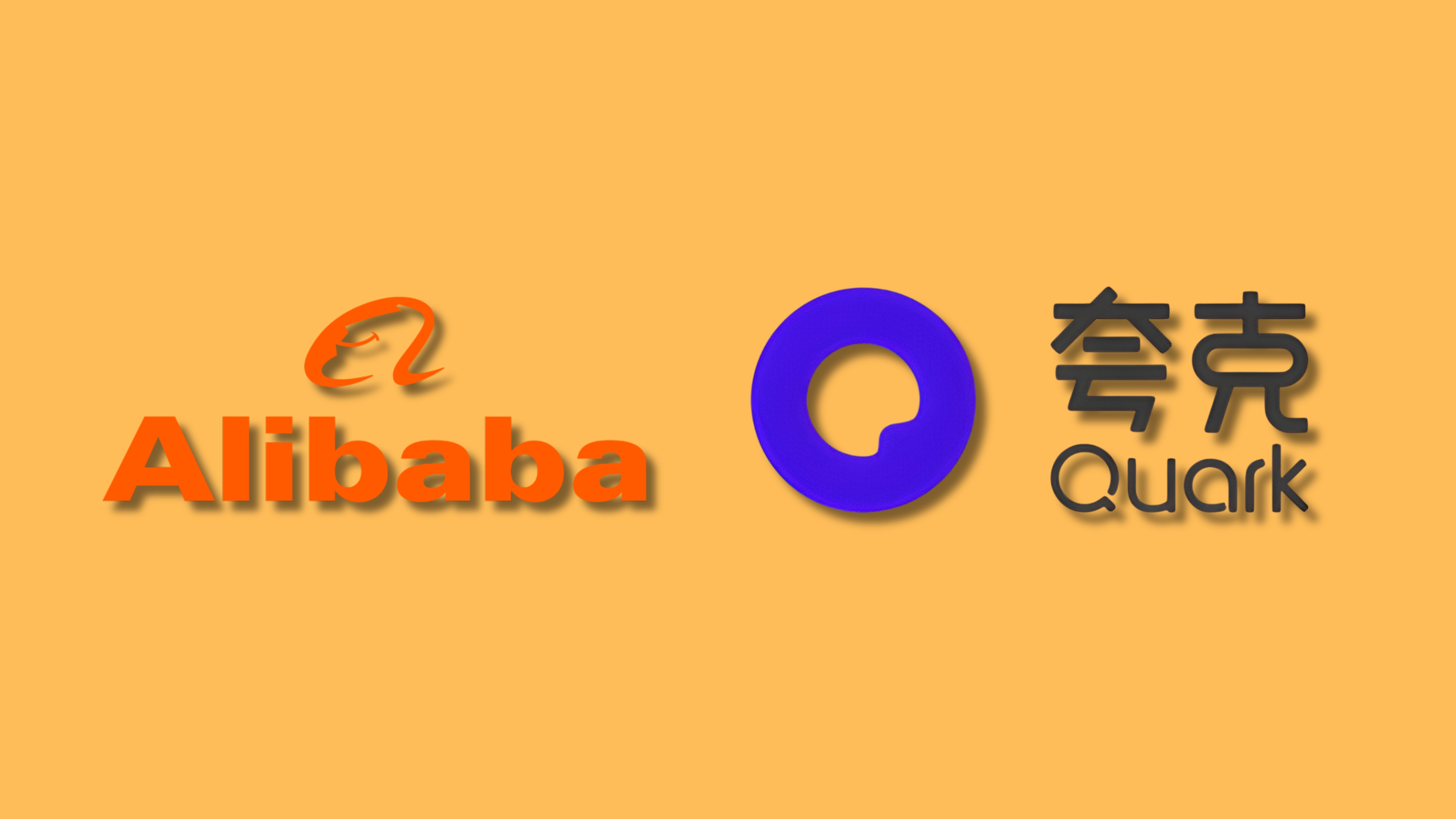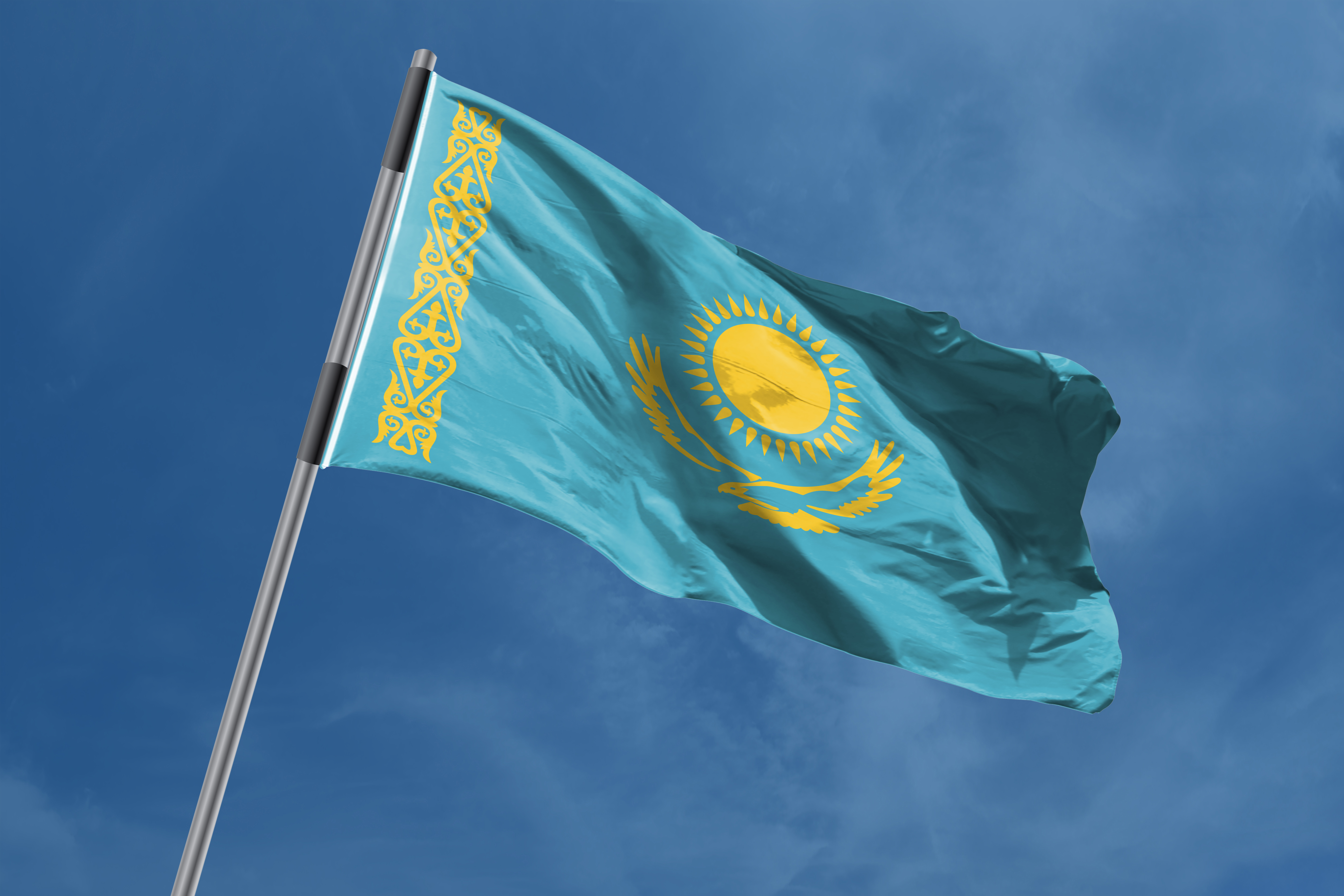Three of Europe’s leading aerospace firms, Airbus, Leonardo and Thales, have agreed to merge their space businesses into a single joint venture to strengthen Europe’s global competitiveness.
A new company that will combine satellite and space service operations from the three groups, bringing together about 25,000 employees and generating around €6.5 billion in annual revenue.
The joint venture, expected to start operating in 2027 following regulatory approval, will integrate Airbus’s Space Systems and Space Digital units, Leonardo’s Space Division, and Thales’s stakes in Thales Alenia Space, Telespazio and optics company Thales SESO.
Airbus will hold a 35 per cent stake, while Leonardo and Thales will each own 32.5 per cent.
The companies said the partnership aims to accelerate innovation, unify Europe’s fragmented space sector, and enhance its autonomy in critical technologies.
Executives described the move as a milestone for Europe’s space ambitions, combining resources and research capacity to boost exports and technological leadership.
Project Bromo, as it was internally known, had been in development for more than a year. After months of valuation and governance talks, the agreement now paves the way for a new European space powerhouse capable of challenging US rivals and shaping the future of global space operations.
Would you like to learn more about AI, tech and digital diplomacy? If so, ask our Diplo chatbot!










